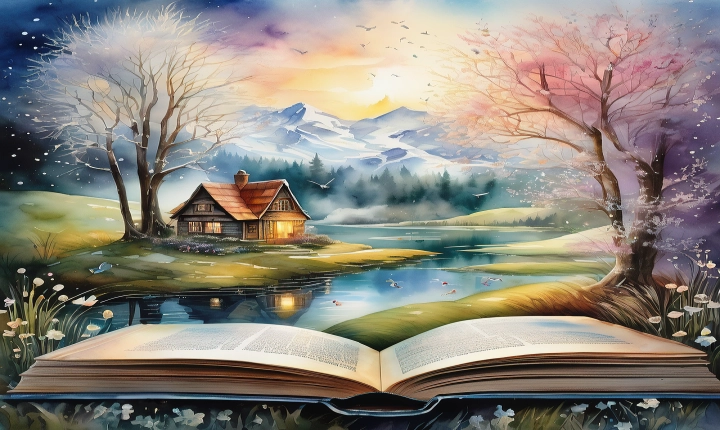Creating an AI image involves a complex interplay of technological processes that ultimately result in the generation of realistic and compelling visual content. The merging of artificial intelligence (AI) and image generation has opened up a world of possibilities in various fields such as gaming, film, design, and virtual reality. In this article, we will explore the fundamental steps involved in creating an AI image and the cutting-edge techniques that power this creative endeavor.
1. Data Acquisition and Preprocessing:
The foundation of creating an AI image lies in the acquisition of high-quality data and its meticulous preprocessing. Massive datasets comprising images are sourced from diverse repositories, including public databases, image-sharing platforms, and proprietary collections. These images are filtered, cleaned, and standardized to ensure consistency and quality. Labeling and categorizing the images are essential steps that enable the AI model to learn and distinguish between different visual patterns and elements.
2. Training the AI Model:
The next critical phase involves training a deep neural network, a type of AI model that exhibits a structure akin to the human brain, to comprehend visual data and generate images. This training process involves feeding the model with millions of labeled images, allowing it to learn the intrinsic features, structures, and relationships within the images. Through a process called backpropagation, the model refines its understanding of various visual elements and refines its ability to generate new, unseen images.
3. Generative Adversarial Networks (GANs):
A cutting-edge technique that has revolutionized AI image generation is the use of Generative Adversarial Networks (GANs). GANs consist of two neural networks – a generator and a discriminator – engaged in a perpetual competition. The generator creates images from random noise, while the discriminator evaluates the generated images and compares them to real images. Through this adversarial process, the generator refines its ability to produce realistic and convincing images, while the discriminator becomes increasingly adept at discerning real from fake images. This tug-of-war ultimately results in a generator capable of producing highly realistic AI images.
4. Style Transfer and Creative Interpretation:
Another advanced method for creating AI images involves style transfer, a process that allows the AI model to extract artistic styles from existing images and apply them to generate new visuals. By incorporating elements of renowned artworks, iconic photographs, or specific visual styles, AI image creation can produce a diverse range of visually stunning and contextually impactful imagery. Moreover, creative interpretation through AI-generated images has paved the way for innovative and boundary-pushing artistic expressions that challenge conventional perceptions of visual art.
5. Ethical Considerations and Limitations:
As AI image creation progresses, it is essential to consider the ethical implications and limitations of this technology. Issues such as the potential for misuse, misinformation through manipulated images, and privacy concerns need to be carefully addressed. Additionally, while AI models have made remarkable advancements in simulating photo-realistic images, there are still challenges in generating highly detailed, contextually nuanced visuals that encompass the intricacies of human perception and interpretation.
In conclusion, the creation of AI images represents a frontier of technological innovation with far-reaching implications across diverse industries. This process intertwines data acquisition, AI model training, GANs, style transfer, and ethical considerations to produce a new breed of visually compelling and thought-provoking imagery. As AI image generation continues to evolve, it holds the potential to reshape visual storytelling, artistic expression, and the very nature of human-computer interaction.
